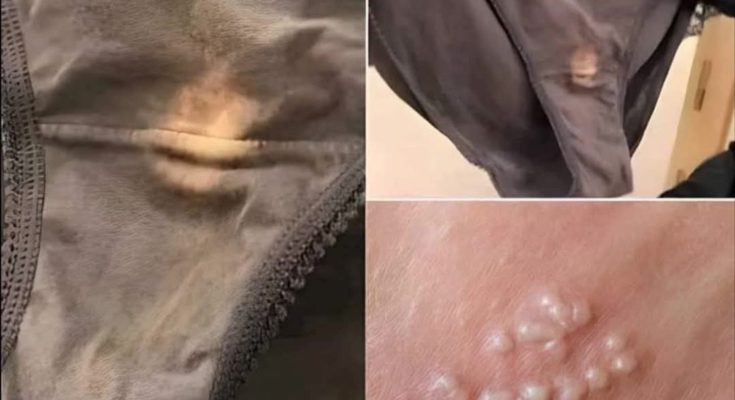
Be Careful: If You Spot These Dots on Your Skin, It Could Be a Sign of Cancer
Why You Should Never Ignore Sudden Swelling in Your Body
Swelling, also known as edema, is a condition in which fluid builds up in the body’s tissues, causing puffiness and enlargement. While minor swelling can occur after a long day on your feet or after a small injury, sudden or unexplained swelling should never be ignored. It can be a sign of an underlying medical issue, some of which may require immediate attention.
The Importance of Recognizing Unusual Swelling
Swelling is your body’s way of signaling that something may be off. It might be a response to injury, infection, or inflammation, but it can also point to serious internal problems such as heart failure, kidney disease, or deep vein thrombosis (DVT). Knowing the potential causes behind swelling can help you determine when to seek medical care.
What Types of Swelling Should Raise Concern?
While mild, temporary swelling may not be serious, the following types of swelling should prompt further evaluation:
1. Swelling in One Leg or Arm
This could be a sign of deep vein thrombosis (DVT), a condition where a blood clot forms in a deep vein, often in the leg.
- Accompanied by warmth, redness, or pain.
- DVT can lead to life-threatening complications if the clot travels to the lungs (pulmonary embolism).
2. Facial or Throat Swelling
Swelling around the face, lips, or throat may signal a severe allergic reaction (anaphylaxis).
- Often occurs rapidly after exposure to allergens (e.g., food, medications, insect stings).
- May be accompanied by difficulty breathing, hives, or dizziness. This is a medical emergency.
3. Swollen Feet and Ankles
This could indicate congestive heart failure, where the heart struggles to pump blood effectively.
- Often worse at the end of the day or after lying down.
- May come with fatigue, shortness of breath, or weight gain.
4. Swelling Along with Painful Urination or Back Pain
May suggest kidney problems or urinary tract infections that are affecting kidney function.
- Swelling often appears in the face, legs, or around the eyes.
- May also experience changes in urination frequency or color.
5. Abdominal Swelling or Bloating
Persistent or painful abdominal swelling can indicate liver disease, such as cirrhosis, or fluid buildup in the abdomen (ascites).
- May be accompanied by yellowing of the skin (jaundice), fatigue, or nausea.
6. Generalized Swelling Throughout the Body
This may be a symptom of nephrotic syndrome (kidney dysfunction), hypothyroidism, or certain autoimmune diseases.
- Swelling tends to affect the face, hands, legs, and abdomen.
- May also cause weight gain, fatigue, and changes in skin or hair texture.
What Causes Swelling in the First Place?
Swelling can be triggered by a variety of factors:
- Fluid retention due to heart, liver, or kidney dysfunction.
- Inflammation caused by infections or autoimmune conditions.
- Allergic reactions that prompt the body to release histamines.
- Injury or trauma, which causes blood and fluid to rush to the affected area.
- Medication side effects, including drugs for blood pressure, diabetes, or hormones.
When to Seek Medical Attention
You should contact a doctor immediately if swelling:
- Appears suddenly and without explanation.
- Is accompanied by pain, heat, redness, or fever.
- Affects only one limb, especially with tenderness (possible blood clot).
- Occurs with shortness of breath, chest pain, or fainting (possible heart issue or embolism).
- Is recurring or progressively worsening over time.
Tips to Prevent and Manage Minor Swelling
For non-serious cases, these tips can help reduce or prevent swelling:
- Stay active: Regular movement prevents fluid buildup, especially in the legs.
- Elevate your legs: Helps reduce leg and ankle swelling.
- Wear compression socks: Improves circulation.
- Reduce salt intake: Excess sodium can lead to fluid retention.
- Stay hydrated: Proper fluid balance helps your body flush excess salt and waste.
Conclusion
Swelling might seem like a minor inconvenience, but it can be your body’s way of signaling a deeper health issue. Pay attention to when and where it occurs, how long it lasts, and whether it’s accompanied by other symptoms. When in doubt, consult a medical professional—especially if the swelling is sudden, painful, or localized to one area. Early detection and proper diagnosis can make all the difference in preventing complications and protecting your long-term health.


